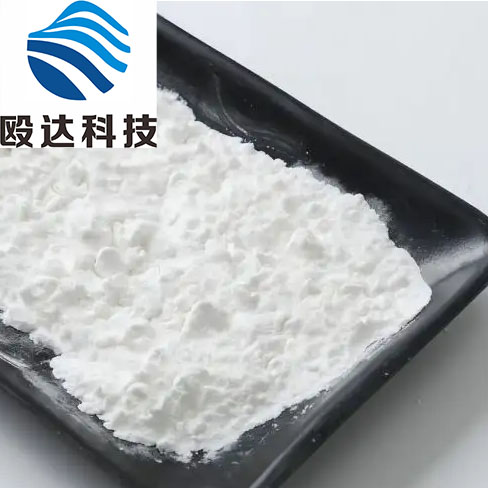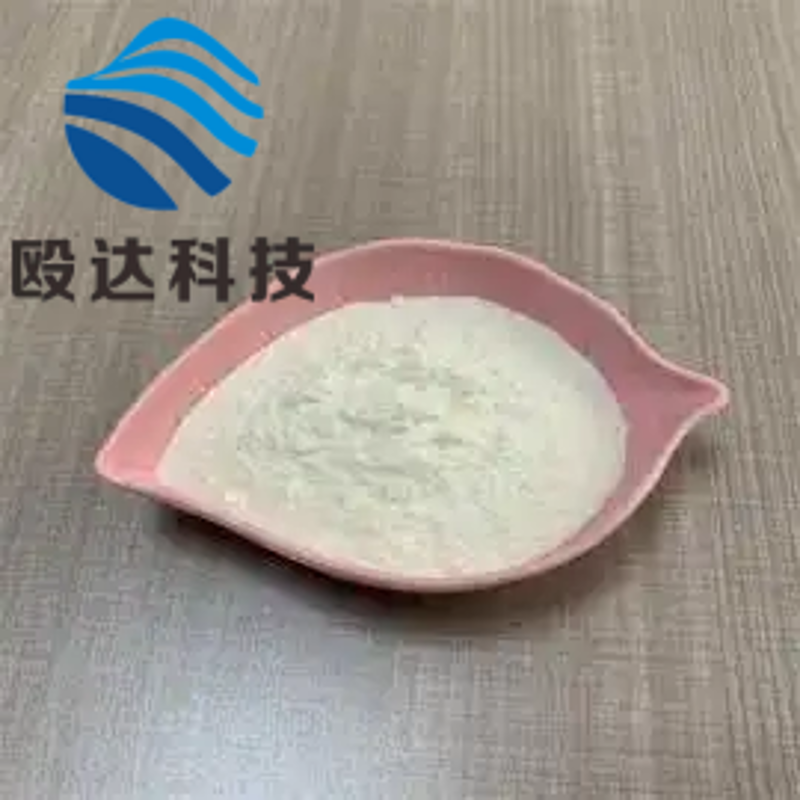J Dent Res: Interaction between host and microbe under the gums of patients with high blood sugar
-
Last Update: 2020-06-25
-
Source: Internet
-
Author: User
Search more information of high quality chemicals, good prices and reliable suppliers, visit
www.echemi.com
Type 2 diabetes (T2DM) is an established risk factor for periodontitis, but its effects on the host-bacterial imbalance under the gums are not well understoodThe purpose of this study was to quantify the effects of high blood sugar on host-bacterial interactions in established periodontitis and to describe these dynamic changes after mechanical non-surgical treatmentstudy included 17 T2DM and 17 non-T2DM subjects and 20 periodontal health ersClean and root leveling (SRP) in patients with periodontitisSamples of under-gum biofilms and gum trench fluidwerets were collected at baselines and in June after surgeryCorrelation between 13.7 million 16S ribosome DNA sequences and eight immune mediaDifferential network analysis is used to model microbial and host-microbial interactionshealthy periodontal is characterized by fragmented bacterial distribution and highly connected cytokine-bacterial networks, while both normal and T2DM subjects showed significant homologous and homologous junctions, but cytokine-bacterial connections were significantly lessAfter SRP, cytokine-bacterial edges increased twice in January after surgery, while cytokine-bacterial edges increased tenfold in patients with normal blood sugar in JuneIn patients with hyperglycemia, it doubled in January, but there was no further change since thenThese shifts are accompanied by increasingly sparse bacterial communitiesIn patients with normal blood sugar, nodes anchored by leukocyte interlemia (IL)-4, IL-6, and IL-10 showed the greatest heavy wiring, while in patients with high blood sugar, IL-1 beta, IL-6, INF-sic, and IL-17 showed progressive heavy wiringtherefore, the study points out that the destruction of host-bacterial interactions in periodontitis is mainly between bacteria rather than host-bacterial interactions that determine the aggregation of bacterial communitiesHigh blood sugar further exacerbates this non-coupled interactionin addition, our data show that while non-surgical treatment may not consistently alter microbial abundance or reduce primary inflammatory molecules, it 'reboots' the interaction between the immune inflammatory system and the newly implanted microbial community, restoring the immune system's role in determining bacterial implantation However, this result was lower and delayed in patients with high blood sugar
This article is an English version of an article which is originally in the Chinese language on echemi.com and is provided for information purposes only.
This website makes no representation or warranty of any kind, either expressed or implied, as to the accuracy, completeness ownership or reliability of
the article or any translations thereof. If you have any concerns or complaints relating to the article, please send an email, providing a detailed
description of the concern or complaint, to
service@echemi.com. A staff member will contact you within 5 working days. Once verified, infringing content
will be removed immediately.







